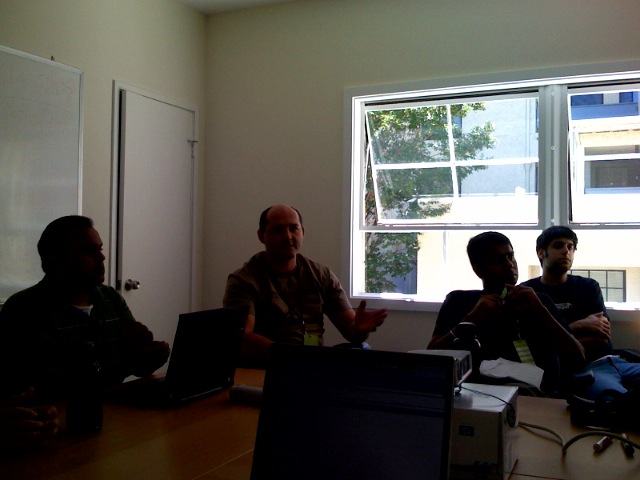BarCampBlock: Open Source Virtualization
Talk by - Erich Nachbar
CarrierIQ - OpenVZ virtualization
case for virtualization - make servers that are idle do useful work. more about efficiency per unit of space/watt
types of virtualization
- hardware emulation - parallels, vmware - can run any OS unmodified. Cons are that it is hard to manage, performance hit (especially with system calls), static resource allocation (vmware can sortof get around this), density is low (# of VMs per server)
- para-virtualization - run multiple kernels (XEN 2 - bundled with RH5, UML).
- Typically better performance (cuts out some layers of translation)
- cons: requires modification of guest OS, static resource allocation
- Typically better performance (cuts out some layers of translation)
- OS level virtualization - run only one kernel
- Native performance, dynmaic resource allocation, cheap fast (can make new virtual instance in seconds), much easier to manage.
- con: same kernel per virtual server, no mix of operating systems on one server
- examples: OpenVZ (stable, works well), Virtuozo, FreeBSD jails, Linux-Vserver, Solaris Zones
- Native performance, dynmaic resource allocation, cheap fast (can make new virtual instance in seconds), much easier to manage.

Erich talking about OpenVZ
XEN isn't ready for prime time (not production grade - stability issues?)
OpenVZ has templates - for different distros
OpenVZ is basically Solaris Zones, but open source, and works entirely on Linux. Install procedure on CentOS requires a new kernel (because they have lots of patches to virtualize certain things in the kernel), and some tools RPMs.
